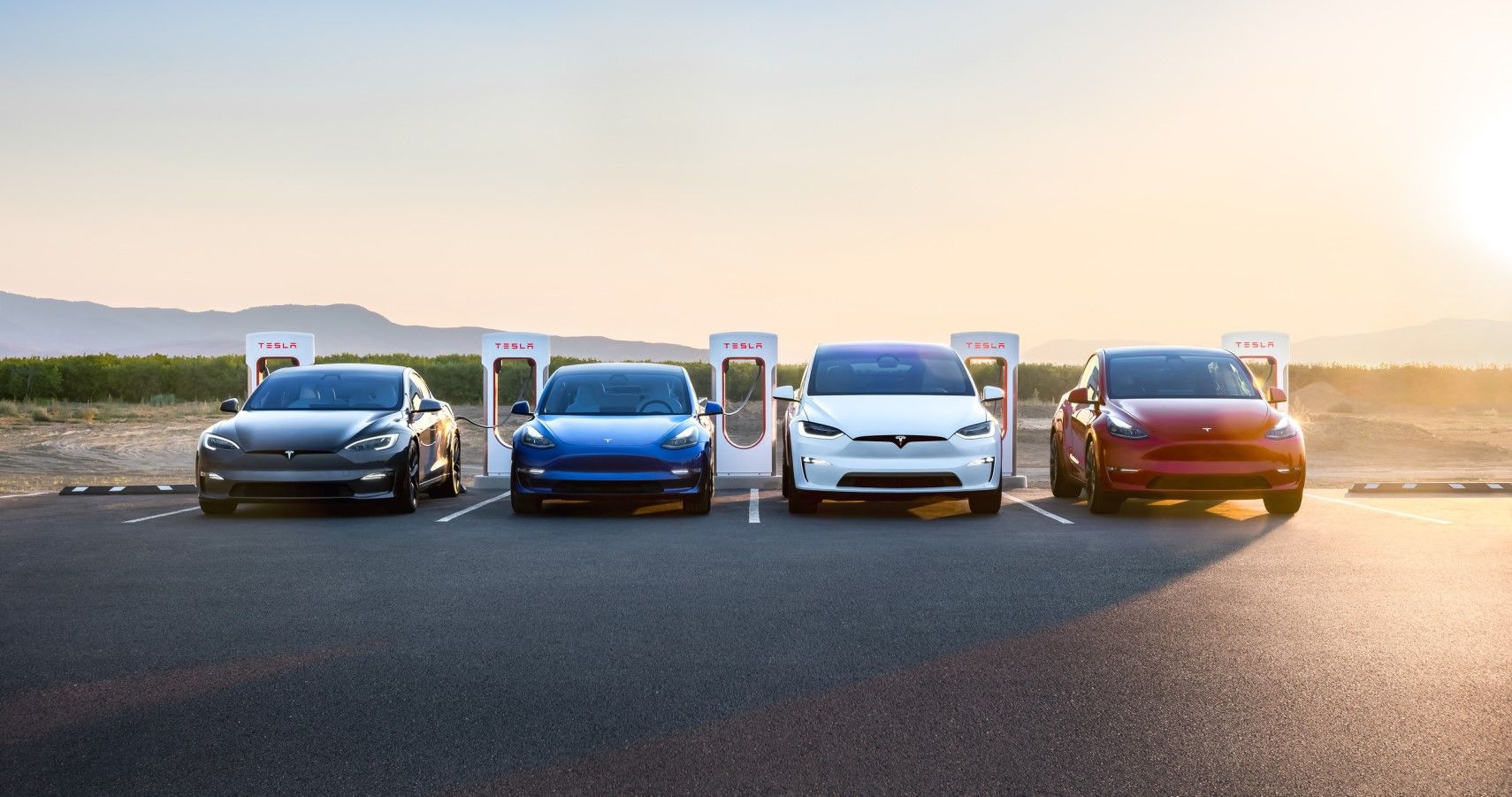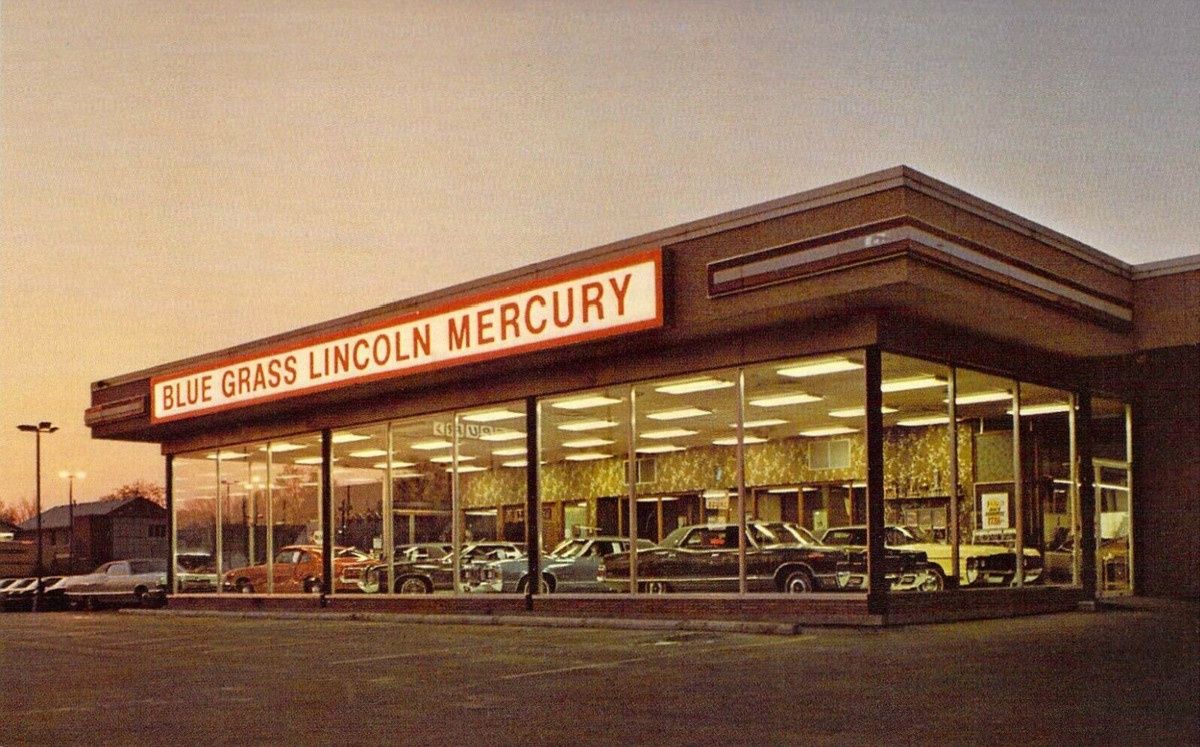Following two years of supply chain disruptions, and labor and semiconductor chip shortages, there’s finally some good news on the horizon. More new and used cars and trucks have hit dealerships, and inventory has improved significantly. This means that buyers won’t have to pay over sticker price anymore.
Just to put things into perspective, research firm GfK AutoMobility states that through May and June, 80 percent of car buyers paid MSRP or above, including 34 percent who “paid fees they had never heard of before.” Naturally, this practice has impacted consumer sentiment and loyalty. According to the study, 31 percent of those who paid more than the manufacturer's recommended retail price responded they would advise others to steer clear of the dealership they used. Additionally, 32 percent of respondents who spent more than MSRP in June indicated they would not take their car to the dealer they purchased it from for service, an increase from 23 percent in May.
Luckily, now that more stock becomes available, dealers will discontinue the questionable practice of inflating prices. This means that dealerships and automakers can develop positive, long-term relationships with customers. But the new reality also has a drawback that will affect automakers and their sales. Rising interest rates are cooling the market and impacting demand.
As borrowing money for new cars becomes more expensive, consumers are postponing new purchases. According to The Wall Street Journal, several auto manufacturers reported declining U.S. sales in the third quarter. Hyundai’s third quarter sales grew only 3 percent, while Toyota sales declined 7 percent in the July-to-September period. Stellantis also recorded a sales drop of 6 percent for the same period, and the Nissan Motor Co. reported a nearly 23 percent decline in U.S. sales for the third quarter.
“There’s a lot of negative consumer sentiment in the marketplace. So, we’re obviously concerned about that,” said Hyundai Motor America Chief Executive Randy Parker.
On balance, Charlie Chesbrough, senior economist with research firm Cox Automotive, observed that “much of the pent-up demand from limited supply is quickly disappearing as high interest rates eat away at vehicle buyers’ willingness and ability to purchase.”
Buyers Weather Inflation And Higher Interest Rates
As consumer anxiety over the economy grows, the situation could get worse in the future. Furthermore, as price hikes impact necessary products, consumers might decide to shop only for the essentials, postponing big ticket items like cars. To make matters worse, experts forecast the Federal Reserve will continue to hike the interest rates in 2022 by another 1.25 percentages, which points to a desperate attempt to curb inflation. To put things into perspective, the Federal Reserve increased interest rates by 0.75 percentage point at its September meeting for the third time this year, officially bringing the benchmark interest rate up to a target range of 3-3.25 percent — the highest since 2008. Bankrate says that the Feds haven’t increased rates three percentage points in a single year since the 1980s. In this context of uncertainty, the automotive industry will suffer because financing costs will become too expensive for prospective buyers. This means that automakers should expect stagnant sales and even a decline in demand in the near future.
Clearly, some automakers will outperform their rivals if they have steady revenue sources and can reduce their inventory. In addition, car manufacturers who delay the introduction of new models and curb spending will be better equipped to deal with the crisis. Elsewhere, automakers focused on top-end models will perform better because demand in the luxury car market will remain high. For the sake of clarity, last August, Ferrari announced a revenue record of $1.33 billion in its second quarter. At the same time, Lamborghini announced that they are fully sold out, all the way through 2024. Bloomberg reports that the Italian luxury automobile manufacturer delivered 5,090 automobiles during the first six months of the year, setting new records for both vehicle orders and sales. This corresponds to an astounding 70 percent gain in operating profits, according to Hypebeast.
This Is What Dealerships Can Do To Attract Buyers
Higher supply and a large amount of inventory are positive news for buyers. Not only will they have a higher variety of options, which means that every buyer can get the car they desire instead of the one available in stock, but they will probably also find better deals. Excess stock is additionally pressuring dealerships and automakers, so this situation forces them to offer discounts and major sales.
“Discounts may begin to materialize as economic conditions, rising interest rates and steady vehicle availability affect the imbalance of supply and demand over the coming quarters,” said TrueCar analyst Zack Krelle.
Dealerships should understand that buyers are more motivated by sales and discounts. Therefore, they should leverage in-store promotions and develop effective discount strategies.



